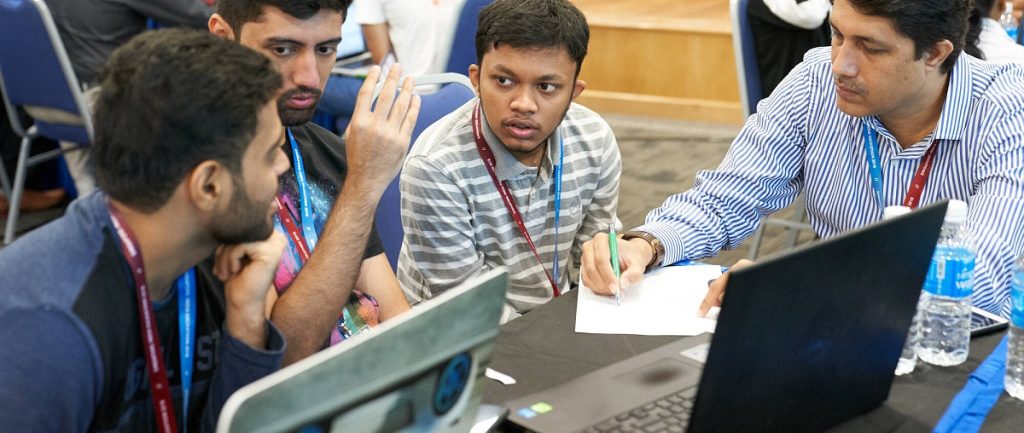In late March this year, Zomato — one of India’s largest food delivery platforms — laid off 600 customer support executives.
Those affected were part of the 1,500 customer service agents Zomato had hired just six months earlier under its Associate Accelerator Program. In February, the tech startup rolled out an AI-powered platform called Nugget, and within a month, it decided to cut 40% of its staff — roughly 600 agents.
Nugget handles over 15 million customer interactions per month. According to data on Zomato’s website, the AI agents resolve up to 80% of customer queries and reduce resolution times by 20%.
Across India, CX vendors appear to be following a similar pattern: adopting AI-powered platforms often leads to significant reductions in headcount.
However, data is lacking on AI-driven job losses in the country’s BPO sector, which contributes $32 billion to its $250 billion tech export market.
“Before the arrival of generative AI, we had 15,000 customer service agents; now we have fewer than 4,000,” said Ravi Prashanth, former head of a CX vendor serving Airtel, one of India’s major telecom carriers.
“There used to be two layers of workforce in the contact-centre industry. After agentic AI arrived, the first layer has almost vanished,” said Ganapati Hegde, who until recently worked as a quality assurance manager at a contact centre in Bangalore.
Hegde, who is no longer employed in a contact centre from health reasons, says it’s now difficult for someone over 40 to find work in the industry.
The job losses in the contact-centre industry haven’t made much news in India, perhaps because many of the affected workers were young and ended up switching quickly to other professions.
“Many of my former colleagues are now working in manufacturing,” Prashanth added.
Upskilling
“Nine months ago, as a quality assurance manager, I used to listen to at least 40 customer calls per hour. Whenever I found an agent misbehaving, I would send an email with the relevant audio clip attached. Today, bots perform the quality‑assurance role and even send emails just as I used to,” Hegde said.

“I’d say around 40% of call centre operations in India are automated today,” admitted Rohit Agarwal, Co-founder of Zenius, a Jaipur-based staffing firm. “Entry-level voice and chat support roles are being minimized because AI chatbots are handling routine queries.”
The increased automation has led BPOs to push its workforce toward more sophisticated roles. Many agents are being trained to be more empathetic to customers, Hegde said.
For instance, when an angry or frustrated client calls, the agent might respond by saying they understand how the customer feels, imagining themselves in the customer’s place. Workers who demonstrate this kind of empathy are often retained.
Agarwal said his company is currently training customer service agents in empathy as part of upskilling program of a BPO client.
But contact centres simply no longer need as many employees in the first place, Prashanth added.
Most of those who completed the upskilling program, Prashanth said, are now handling multiple roles — responding to customer emails, monitoring and fine-tuning bots, and managing customer calls that the bots cannot resolve.
“It’s not just artificial intelligence that is causing job losses. Today, most major companies have apps where customers can resolve many of their issues themselves,” he said.
“Two years ago, while serving an American telecom carrier, we’d get around 40 customer calls per day; later that number has dropped to 4 or 5.”

